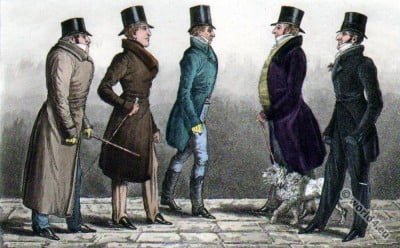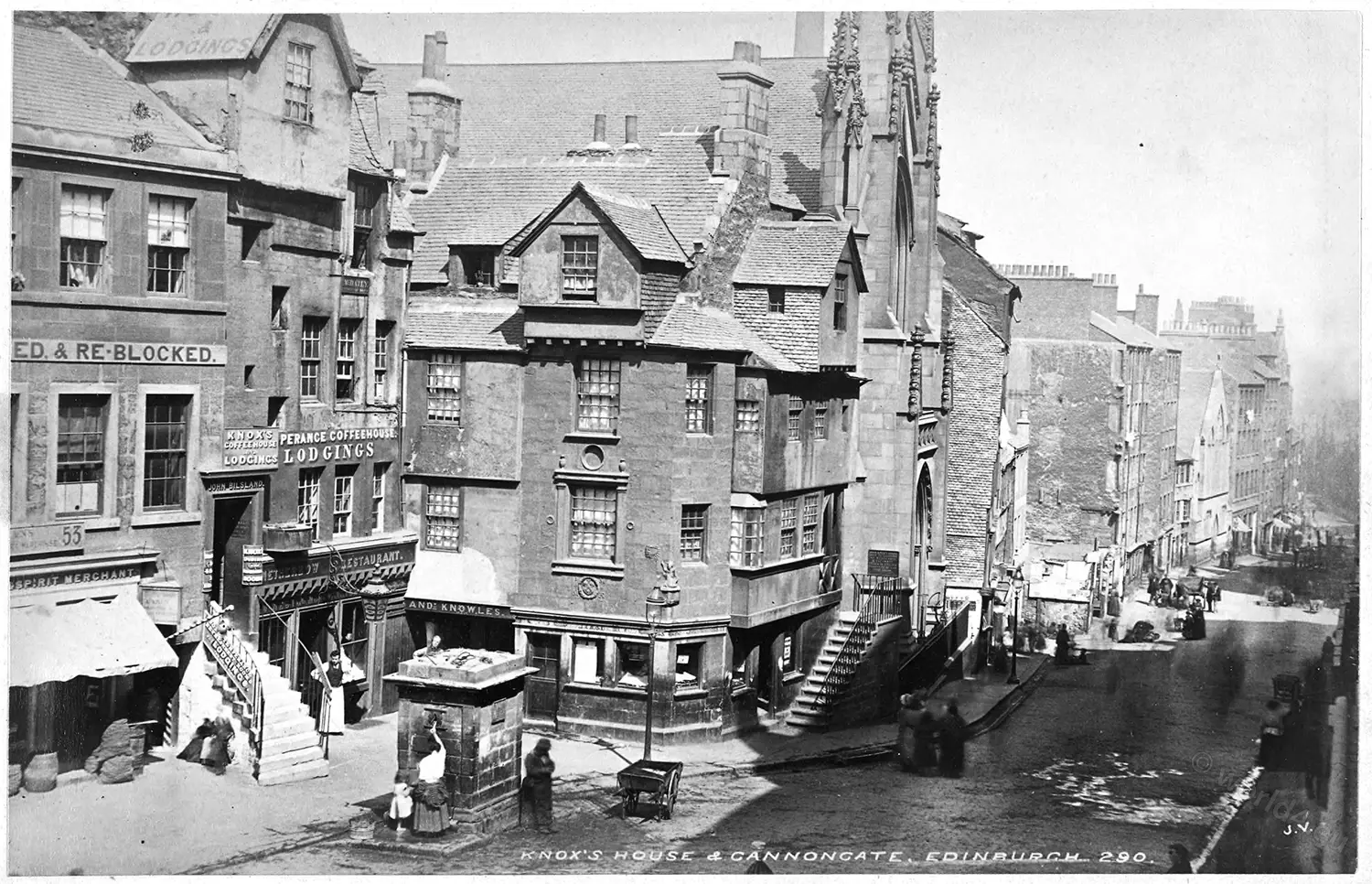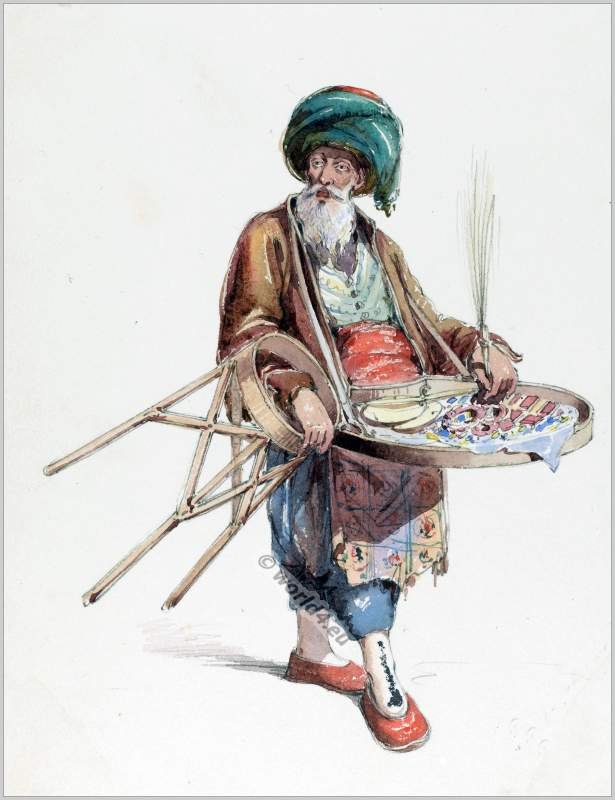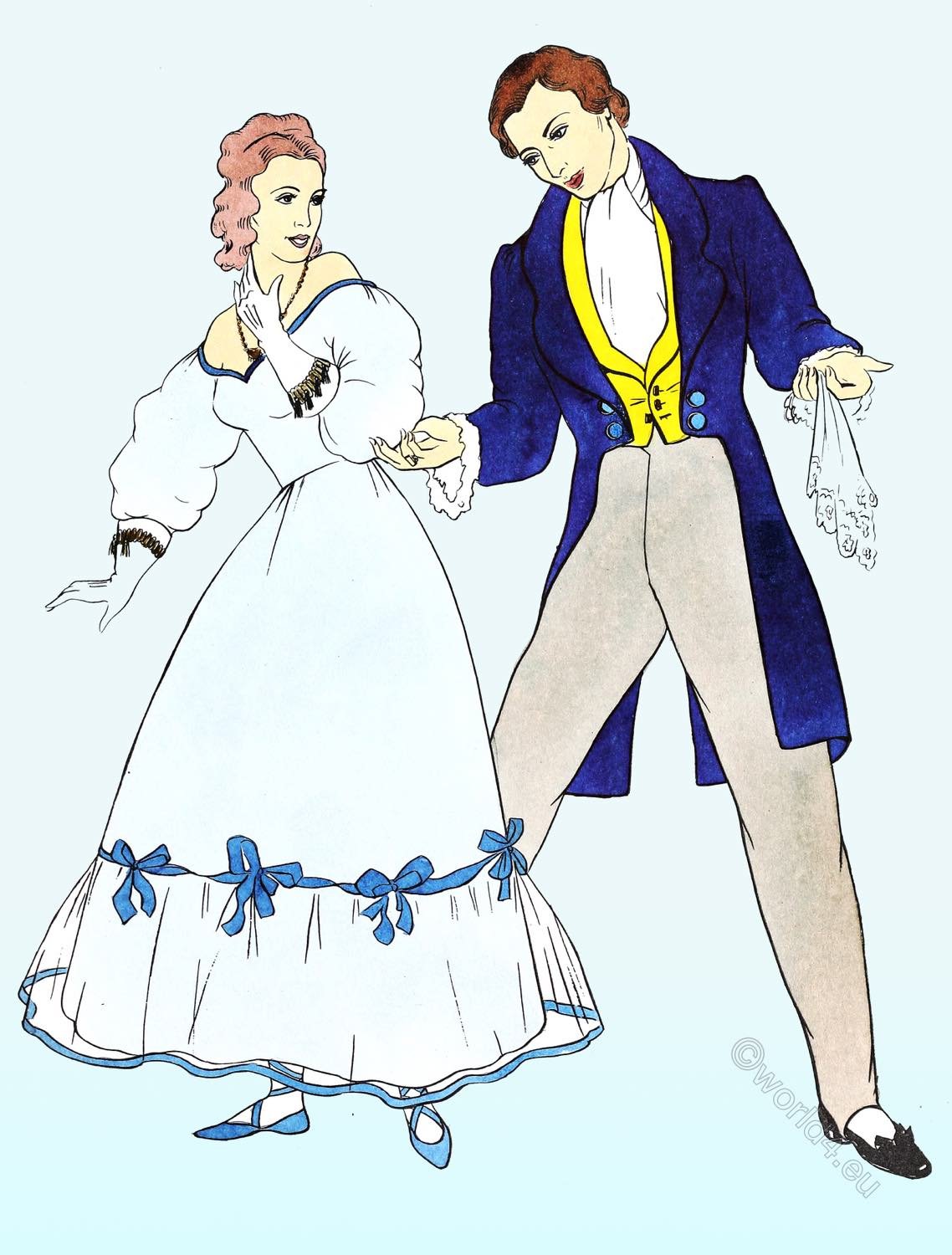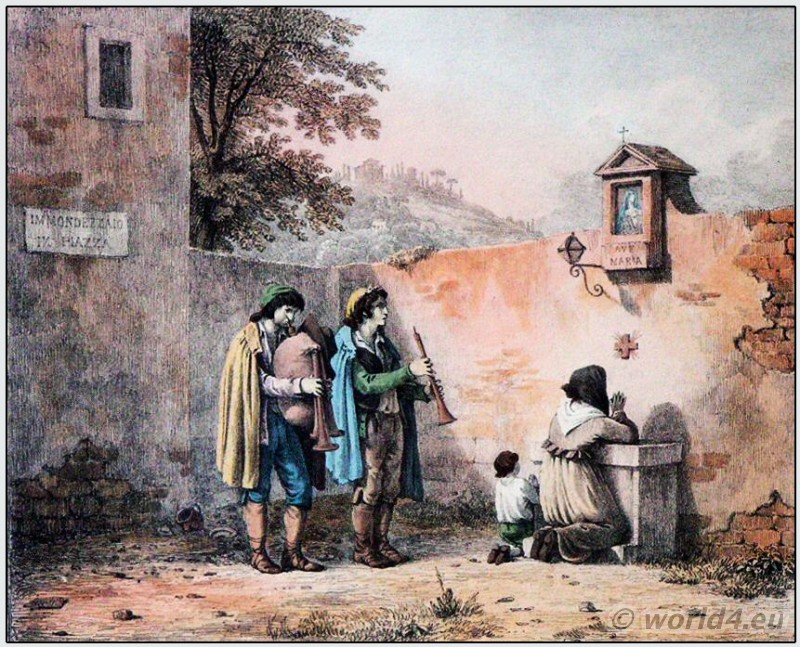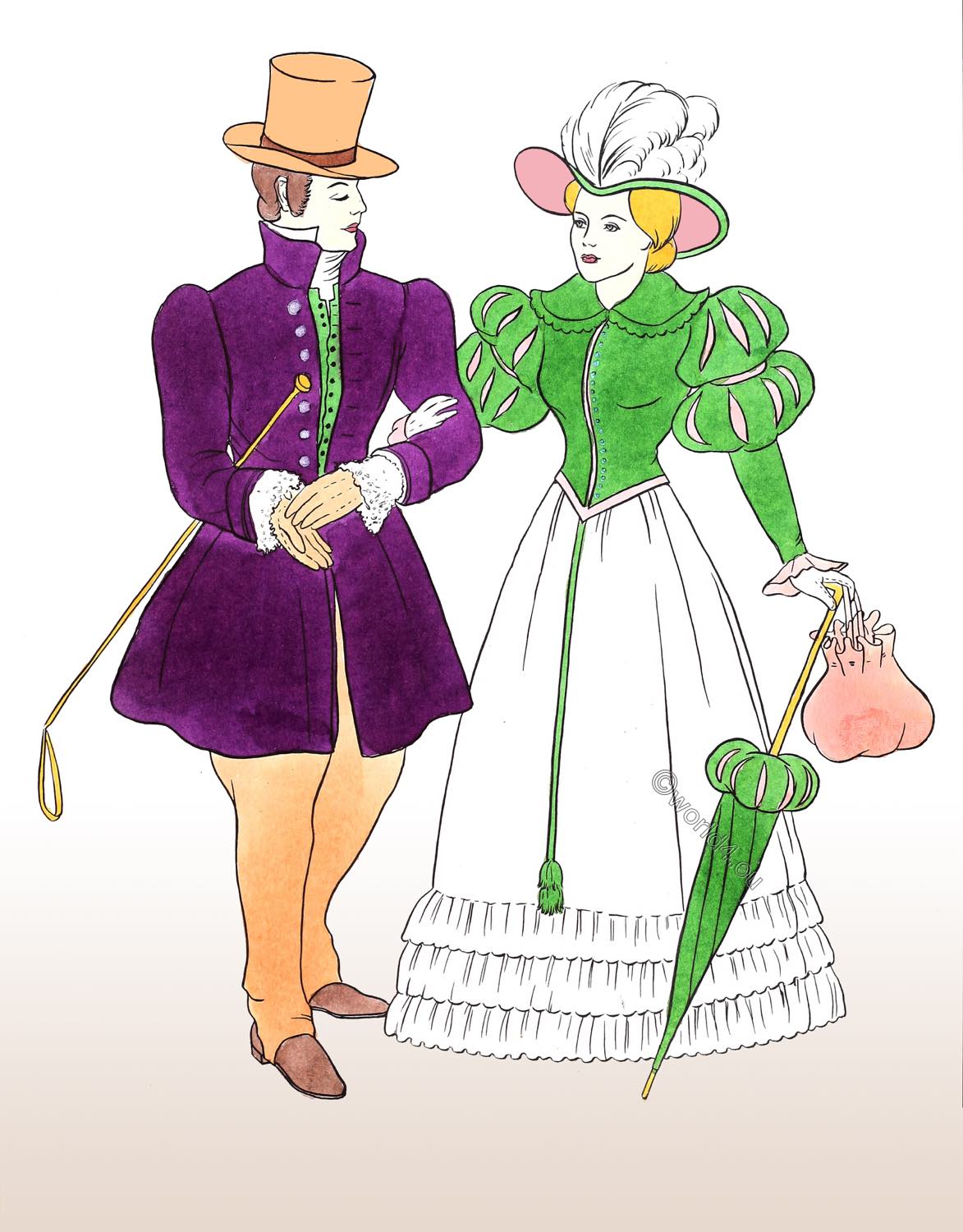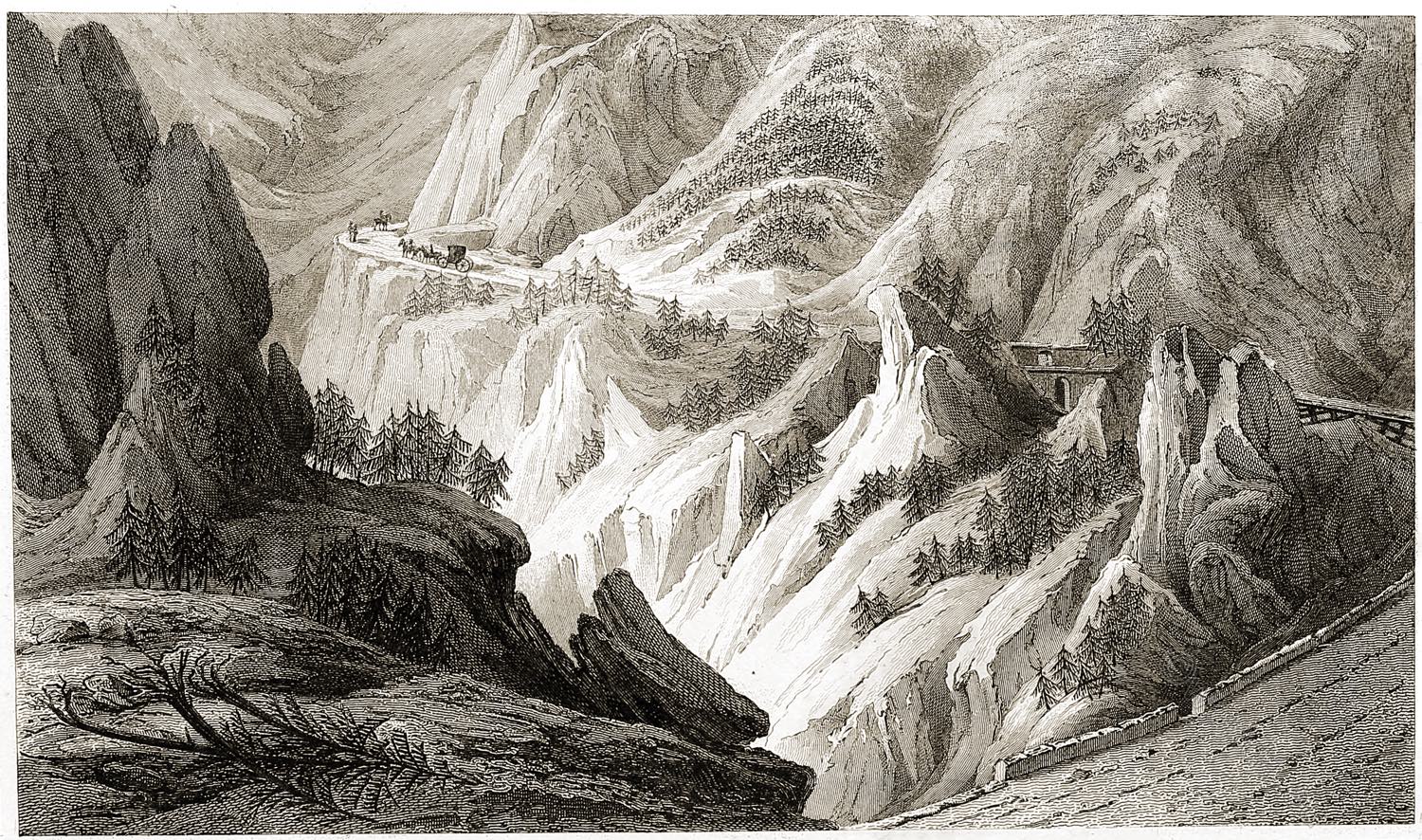Well known Bond Street Loungers in 1820.
From left: The Earl of Sefton, The Duke of Devonshire, “Poodle Byng”, Lord Manners, The Duke of Beaufort.
From the book: The Reminiscences and Recollections of Captain Gronow, being anecdotes of the camp, court, clubs and society, 1810-1860. By Captain Rees Howell Gronow (1794–1865). Published: London, John C. Nimmo, 1889. Artist Joseph Grego (1843-1908).
Free Ebook: The Reminiscences and Recollections of Captain Gronow. Volume 1 & 2.
Tags: Regency period. Georgian Fashion. Dandy Clubs – Dandysme.
Discover more from World4 Costume Culture History
Subscribe to get the latest posts sent to your email.

